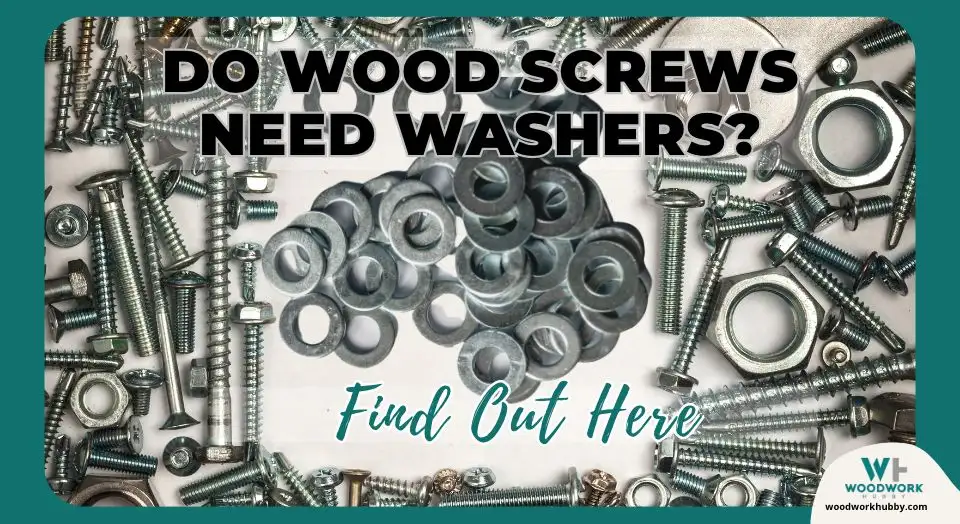I was making a project the other day where the screws I was using were buried too deep and I wanted to bring them out a little. I’m sure many of you think about this from time to time, so I thought I would share the answer to this common question, Do wood screws need washers?
Wood screws do not need washers in general everyday woodwork. Screw heads are usually enough to hold pieces of timber together. Washers generally only get used with lag bolts that don’t have a countersunk head.
Below I go into more detail about why you may want to use a washer and I will also explain why they are not necessary for most wood screws.
What Is The Purpose Of Washers?
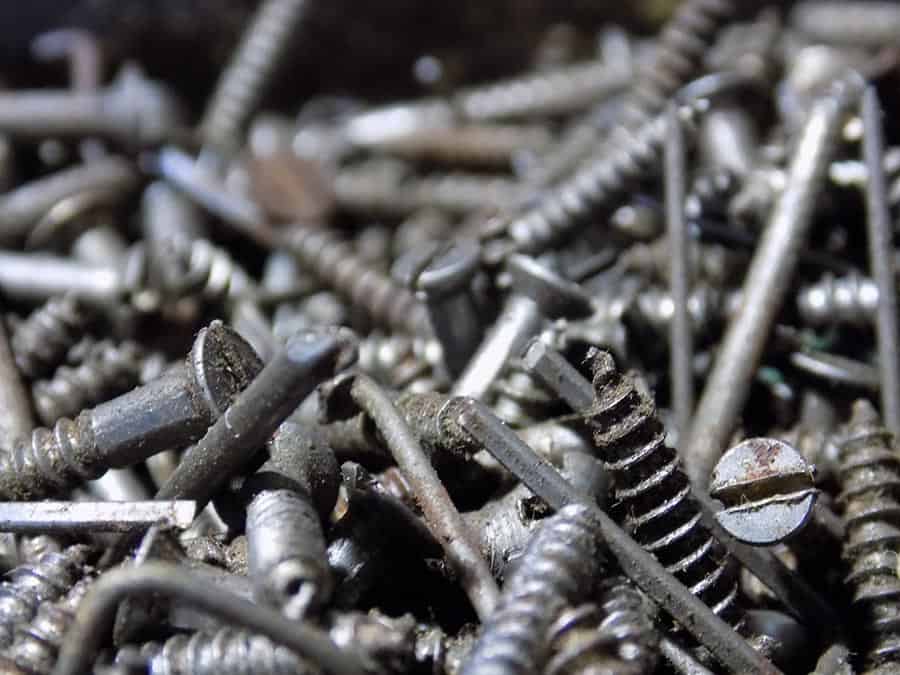
Washers are designed to evenly distribute the load of a threaded insert such as a bolt or screw across the surface being fixed. They come in a variety of sizes to suit different sizes of bolts or screws.
Washers can also be used for spacing materials apart. This is where I commonly use washers. When 2 pieces of wood are going to be fixed with a bolt and the joint needs to hinge, I will insert a washer.
Washers also have some other uses as I have listed below.
Reasons You Might Want To Use A Washer
In woodwork, there are a few reasons why you may want to use a washer.
- Load Distribution – If you are gluing up a joint, then the use of a washer under your screw may help squeeze the joint together properly until the glue dries.
- Spacing – You may need to space a joint apart and the use of a washer or several washers is the perfect tool for the job.
- Soft Woods – You may be screwing together a very soft wood and the wood screw may sink too far into the surface. A washer will help prevent this
- Cracking – Some woods may develop small cracks on either side of the screw head when screwed in. This is due to the head of the screw pushing the wood fibers apart. A washer will distribute the load more evenly across the surface.
- Prevent Marking the surface – Most wood screws are designed to sink into the surface. There are some fixings such as coach screws that have a hexagonal head and are meant to finish on the outside of the wooden surface. Without a washer, these types of fixings would bite into the surface and prevent them from tightening properly.
Reasons Not To Use Washers
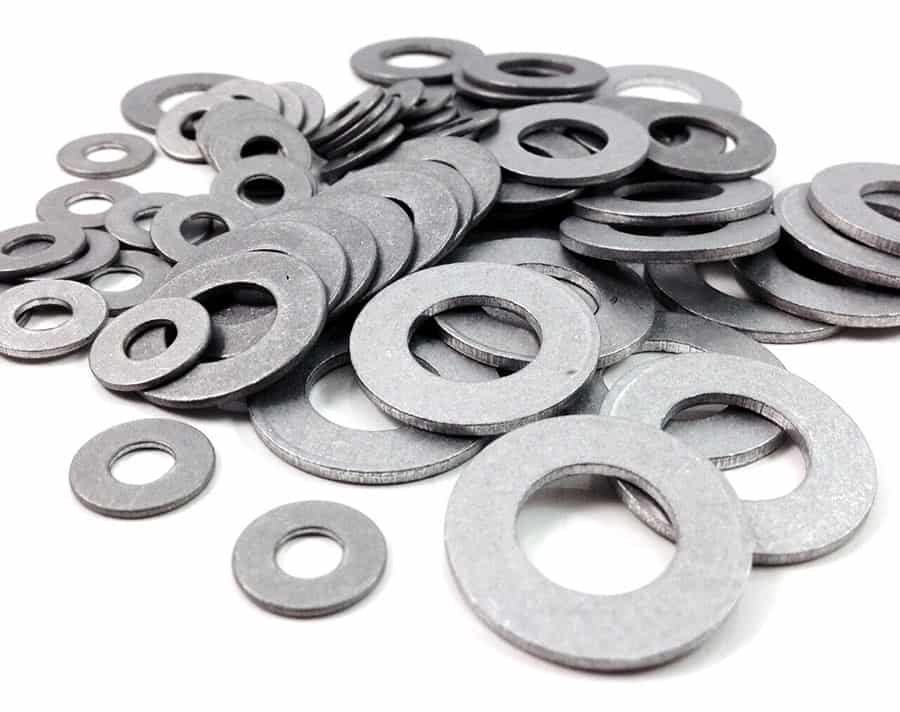
The types of woodwork we discuss on this site, are generally neat finer woodworking projects that will be on display inside your home. For this, there are a few reasons why you should not use a washer on your next woodworking project.
- Unattractive – Probably the most obvious one here, washers under your screws will look unsightly on a nice finished job.
- Mark the surface – a washer pressed hard against most woods by a screw will most certainly leave a ring indentation on the surface.
- Not Suitable – Most wood screws are designed to pull down into the wood surface and do not need washers.
As you can see from the above, there are many good and bad reasons for using a washer in your woodworking project. It will be up to your discretion if the benefits out-way the bad points.
Types Of Screws
With the above being said, the use of a washer will come down to 2 major things.
- The type of fixing being used
- The type of joint needed
Firstly let me cover the type of screw or fixing you may need. This will help you decide whether a washer is right for you.
Countersunk Screws
Most woodworking screws have a threaded shaft with a countersunk head with ribs under the head to allow it to bury into the timber surface.
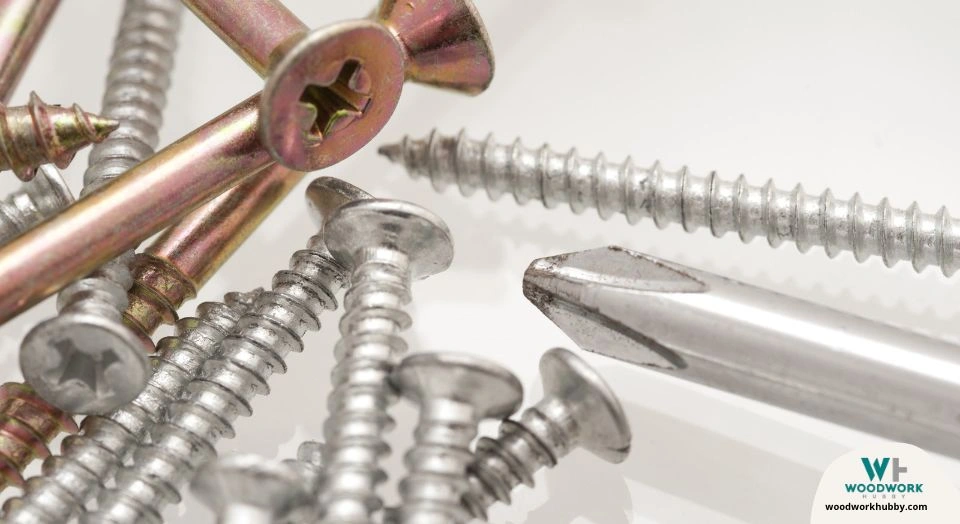
These types of screws almost never need the use of a washer as they are designed to bury into the timber and to look neat once they are in. If you attempted to use a washer for these screws the screw head would sit upon the washer and look unsightly.
As a general rule, any screw with a countersunk head is designed to be used without a washer.
Pan Head Screws
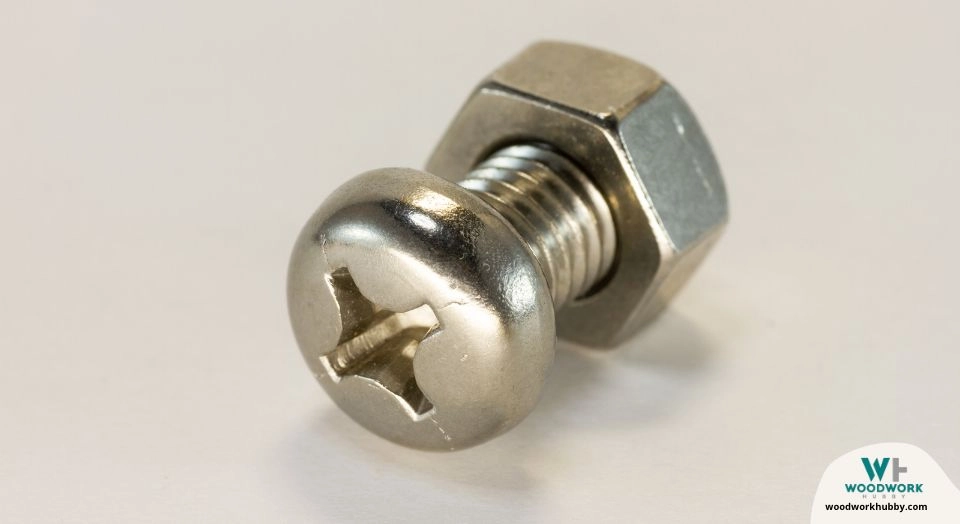
These types of woodworking screws have a flat bottom and a curved head on them. These screws are designed to finish above the surface of the material being fixed.
These types of screws will certainly be one that will work well with a washer. In fact, a washer on these types of screws is highly recommended to prevent the head from biting into the wood.
Coach Screws/Lag Bolts
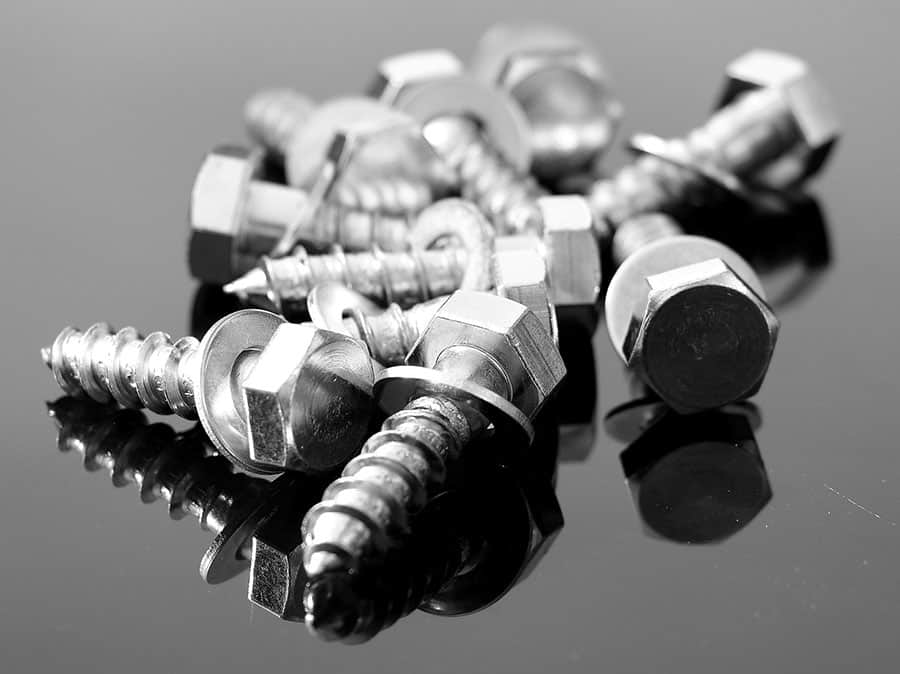
These are larger screws and are sometimes referred to as lag bolts. They have a much larger diameter than most wood screws and have a large hexagonal head on them.
These screws are used in heavy construction applications and are designed for the head to finish proud of the surface.
Coach screws or lag bolts nearly always require the use of a washer. The washer will serve to prevent the head from burying into the surface upon the tightening of the bolt.
If the head of these screws or bolts did bite into the wood, it may prevent you from being able to tighten it properly as the hexagonal head can bind itself into the wood fibers.
Conclusion – Do Wood Screws Need Washers?
In all of my years of doing woodwork, I have very rarely used a washer on a wood screw, especially with a countersunk head.
I would however always use them on a coach screw or lag bolt.
I hope this article has helped you make a wise choice on if you should use a washer with a wood screw.
Related Content
Where Do Washers Go On A Screw?
Usually the washer goes under the screw head on wood screws. If you are using a nut and bolt, I suggest using a washer under both the head of the bolt and the nut. This will prevent the nuts from digging into the material being fixed.
To see more info on washers on bolts, check out this article.
How Far Do Screws Go In Wood?
If you are screwing down a countersunk screw, it should be driven into just below the surface of the timber.
If are you looking to know how long a wood screw is to use when fixing together 2 pieces of timber, the length of the screw should be at least double the size of the thickness of the first piece of timber you are screwing into or at least half the thickness of the bottom piece of timber.
This may not always be possible but a good guide to use. For example, if you are screwing together 2 pieces of timber that are 40mm thick, the screw length you should use would be 80mm.
Now, this is not possible in this situation as the screw would penetrate the far side of the timber. So the use of a 70 or 75mm screw would be fine.
On the other hand, you can just use a drill to countersink the head of the screw so you only require a shorter screw.

